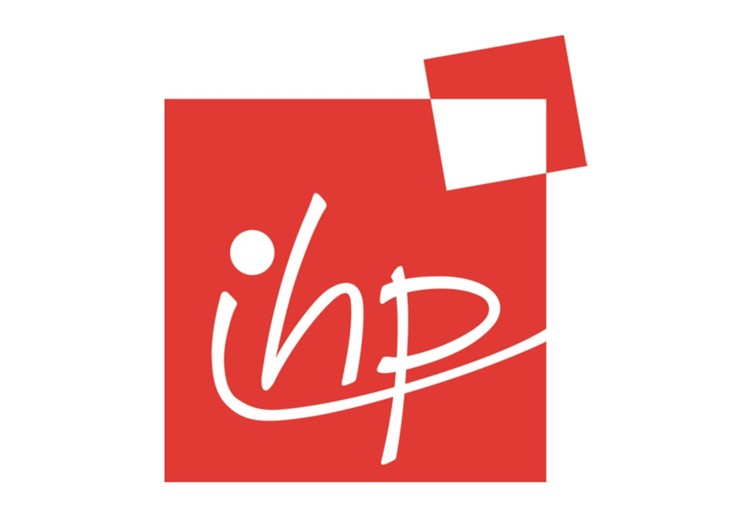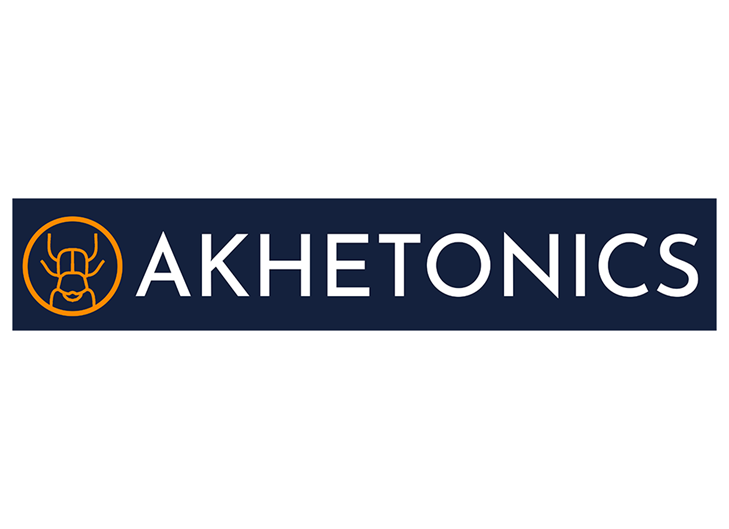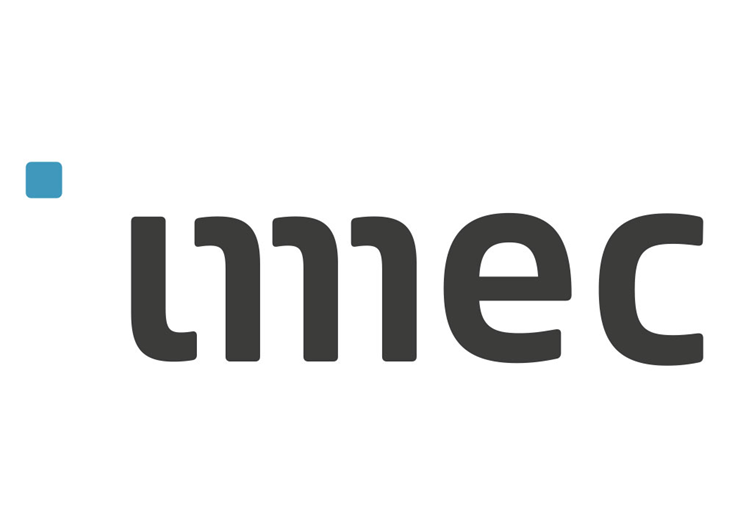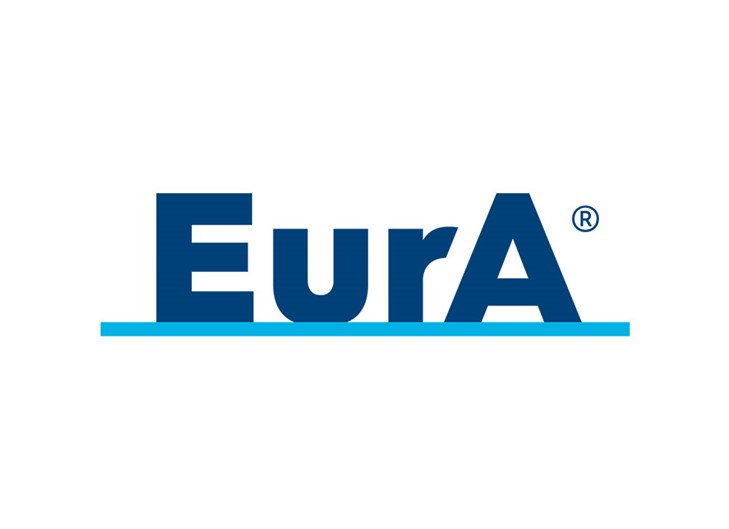
GATEPOST
Graphene-based All-Optical Technology Platform for Secure Internet of Things
WHY GATEPOST?
The need for a next-generation computing platform becomes clear from IoT and 5G/6G and their high performance and low power requirements. Now, graphene and 2D materials (2DM) offer the unique ability to enable highly confined nonlinear interactions of light at low powers and at extremely low response times in the femtosecond range. However, it must be integrated with CMOS low-loss silicon nitride (SiN) platform that facilitates the possibility to create circuits for fast, low power, high bandwidth, general purpose computing and memory completely in the optical domain.
OUR OBJECTIVE
As the most important challenge comes from the maturity of the graphene processes with standard CMOS environments, the main goal of GATEPOST is to fabricate and demonstrate a radically new graphene-based all-optical data processing platform, integrated and tested in a real CMOS pilot line.
THE USE CASE
As a user case, we focus on a network security device for distributed denial of service (DDoS) detection and network packet inspection. Even though on average 170 cyber-attacks are performed per IoT device per day, there is still a huge lack of security due to the added power, latency, operating costs and bandwidth limitations involved. This is unacceptable, especially considering that the cybercrimes topped an estimated $318 billion in 2021 alone. With our graphene-based computing platform, we will show how low-power, low-latency and high bandwidth network security is ready for the IoT and 5G/6G future.
OUR EXPERTISE
The full system showcases the unique expertise of each consortium member in all-optical digital logic, neuromorphic computing, memory and ultra-fast clock generation. These components are realized in the 2D-Experimental Pilot Line at IHP, allowing for scalable fabrication and strengthening the EU’s supply-chain in high-performance computing. In the future, the developed platform can be deployed for applications in AI, autonomous driving and more, paving the way for computing beyond von Neumann and Moore’s Law.

Graphene-based All-Optical Technology Platform for Secure Internet of Things

LATEST NEWS


Tarik Hossain: “2DSPIN-TECH is pushing boundaries”
Our series of promising young researchers in the exciting field of 2D materials and spintronics continues. Now it’s time to meet Tarik Hossain from the University of Jena in Germany, involved in the 2DSPIN-TECH project.

Roselle Ngaloy: "These materials are incredibly exciting"
Roselle Ngaloy is one of the young researchers involved in the 2DSPIN-TECH project. She is working on device-level characterisation of 2D magnets, loves clean room activities and got inspired by her mother – and the Queen of Carbon.









